About
Things To See
Things To Do
Eat
Nightlife
Shop
Stay
More
Cold War Berlin
07 Dec 2023
If families in Washington and Moscow felt threatened by the Cold War – and by the missiles that could cover the 7,841km between them in the time Carl Lewis could win an Olympic sprint – imagine how Berliners must have felt on the cold front, warily watching the nuclear-loaded giants that occupied them, held back from one another by a primitive concrete wall. Every year on November 9, the city celebrates and commemorates the fall of the Berlin Wall .
Part of the "East Side Gallery". It's a 1.3 km long part of original Berlin Wall which collapsed in 1989 and now is the largest world graffiti gallery © Atosan
Post-War Berlin
After the Second World War, Germany was carved up between the Soviets, Americans, British and French victors. Each received a large chunk of the country to administer, plus a symbolically important slice of Berlin. Because of Berlin’s location, the three western sectors (collectively named West Berlin) ended up being surrounded by the Soviet administered areas of East Berlin and East Germany. Stalin’s 11-month blockade of West Berlin in 1948-49 was a bitter taste of relations to come. British and American forces heroically supplied the cut-off West Berliners in an air operation that became known as the Luftbrücke (air bridge). The Luftbrücke memorial
In 1949 allied planes were airlifting supplies into the city, a much-needed but fairly practical state of affairs. Without prompting, a US pilot by the name of Gail Halverson (known as Uncle Wiggly Wings, which is a little bit sinister) began dropping chocolate bars attached to handkerchiefs, bringing small bits of sugary cheer to the children of West Berlin. Landing in Tempelhof © By Henry Ries / USAF
Division of Berlin
Germany was divided into the Federal Republic of Germany (West Germany) and the German Democratic Republic (East Germany) in 1949, and though East Germans were not permitted to emigrate to West Germany, they could easily slip through the loophole of yet undivided Berlin. After losing a couple of million of its young, educated and skilled citizens to the West, East Germany finally stitched up the hole in their Berlin pocket by erecting The Wall
The Berlin Wall in the Tiergarten district of Berlin © 360b
The Berlin Wall ‘the anti-fascist barrier’ by the East German regime, ‘protected’ GDR citizens from their western counterparts for 28 years. Much more than just a wall, the border zone comprised a wide ‘death strip’ with tank ditches, mine fields, automatic guns, dogs, watchtowers and several fences, all on East German territory, necessitating the destruction of many buildings.
The GDR was especially loyal to the Soviet Union and the 1961 Wall surrounding Western Berlin, the 'Iron Curtain' along the West German border and the many GDR citizens killed trying to flee are proof of how serious Erich Honecker and other hardline leaders were about staying in power. From © Bundesarchiv, Bild 145-P061246 CC-BY-SA 3.0, CC BY-SA
The Berlin Wall Today East Side Gallery Soviet Union and the GDR, locked in a kiss. Beneath the picture are the words ‘God help me survive this deadly love’.
At 1,3 km, this free open-air 'gallery' is the longest remaining original stretch of Wall in Berlin. The 'East Side' started out as a favourite haunt of graffiti artists in 1990 (note that the paintings are on the eastern, formerly deadly side of the Wall), and has since become a magnet for tourists as well as an important cultural landmark. Many of the original artworks have recently been re-painted by artists from all over the world. Art gallery of Berlin Wall at East side of Berlin © Noppasin Wongchum
Checkpoint Charlie
Not far from the East-West Berlin border crossing Checkpoint Charlie Stresemannstraße sports another brightly painted portion behind a space-pod of a souvenir stand. Chipping off chunks of Wall is illegal now; for a genuine piece of the Wall, go to the Berlin Story bookstore (see Shopping), who will also give you an article that explains the source of your little grey nugget.
US M48 Patton tanks facing Soviet T-55 tanks at Checkpoint Charlie in October 1961. Photo by U.S. Army photoPhoto Credit: USAMHI - Public Domain
Haus am Checkpoint Charlie
The most unusual portion of the Wall is the one literally resurrected by the Haus am Checkpoint Charlie
A homespun Great Escape museum of false trunks, tools, videos, even a submarine, and stills of tunnel-digging attest to necessity and desire being the mother of invention. Visit this museum for dramatic stories of separated lovers, freedom-seeking families, and fed-up senior citizens in the GDR who breached the Wall. The museum also has art interpreting the concrete division of the city, and an exhibit on human rights movements. © Haus am Checkpoint Charlie
Berlin Wall Memorial
Another museum, the Berlin Wall Memorial
The excellent national memorial site for the divided Germany has a documentation centre covering the Berlin Wall's history in text and dramatic film footage. An unscathed section of Wall runs along the street; walk behind it to peer through a crack in the Hintermauer rear wall to see a preserved section of death strip as it looked in the 1980s, complete with a patrol road, wires and a watchtower. Side View of Berlin Wall Memorial @ HohlImKopf
Other Berlin Wall Museums
Though the stockpile of GDR and Soviet military paraphernalia probably sold out in the late 1990s, vendors at the intersection of Zimmer- and Friedrichstraße claim to have the real stuff. South of this trade in crumbled nations, the Haus am Checkpoint Charlie Museum Berlin Wall Memorial Alliertenmuseum Deutsch-Russisches Museum Glienicker Brücke
The Allied Museum covers 50 years of West German Allied (US, British, French) relations in the US Army movie house Outpost. The prize exhibit is the original sentry box from the Checkpoint Charlie border crossing. © A.Savin, Wikimedia Commons
You may also be interested in
Put our app in your pocket
This site uses cookies. By continuing to browse the site, you are agreeing to our use of cookies. Find out more here . AGREE
Top

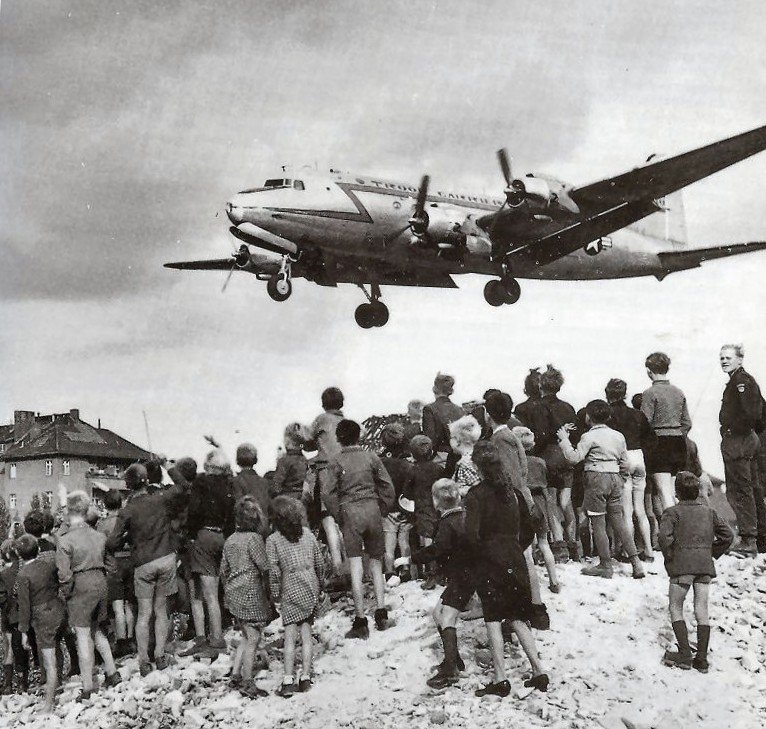
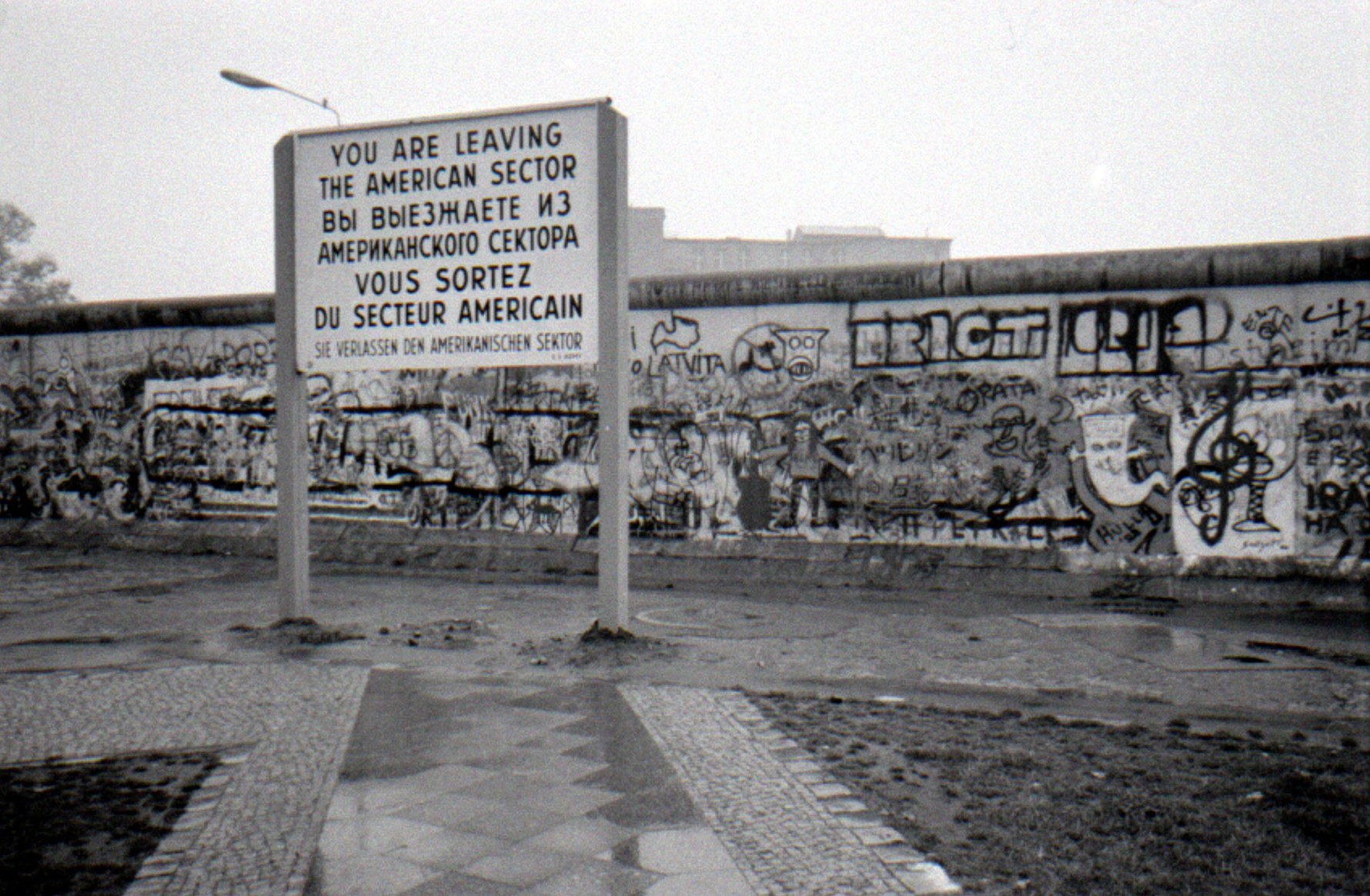
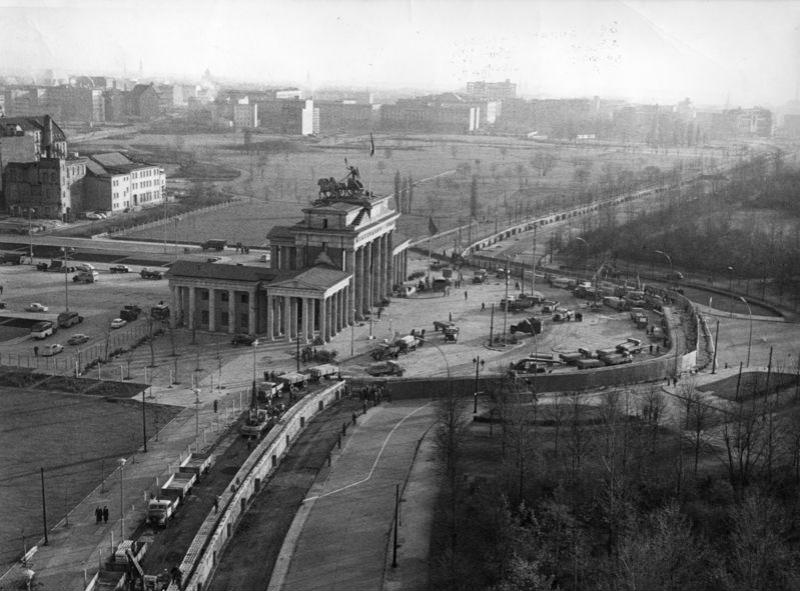

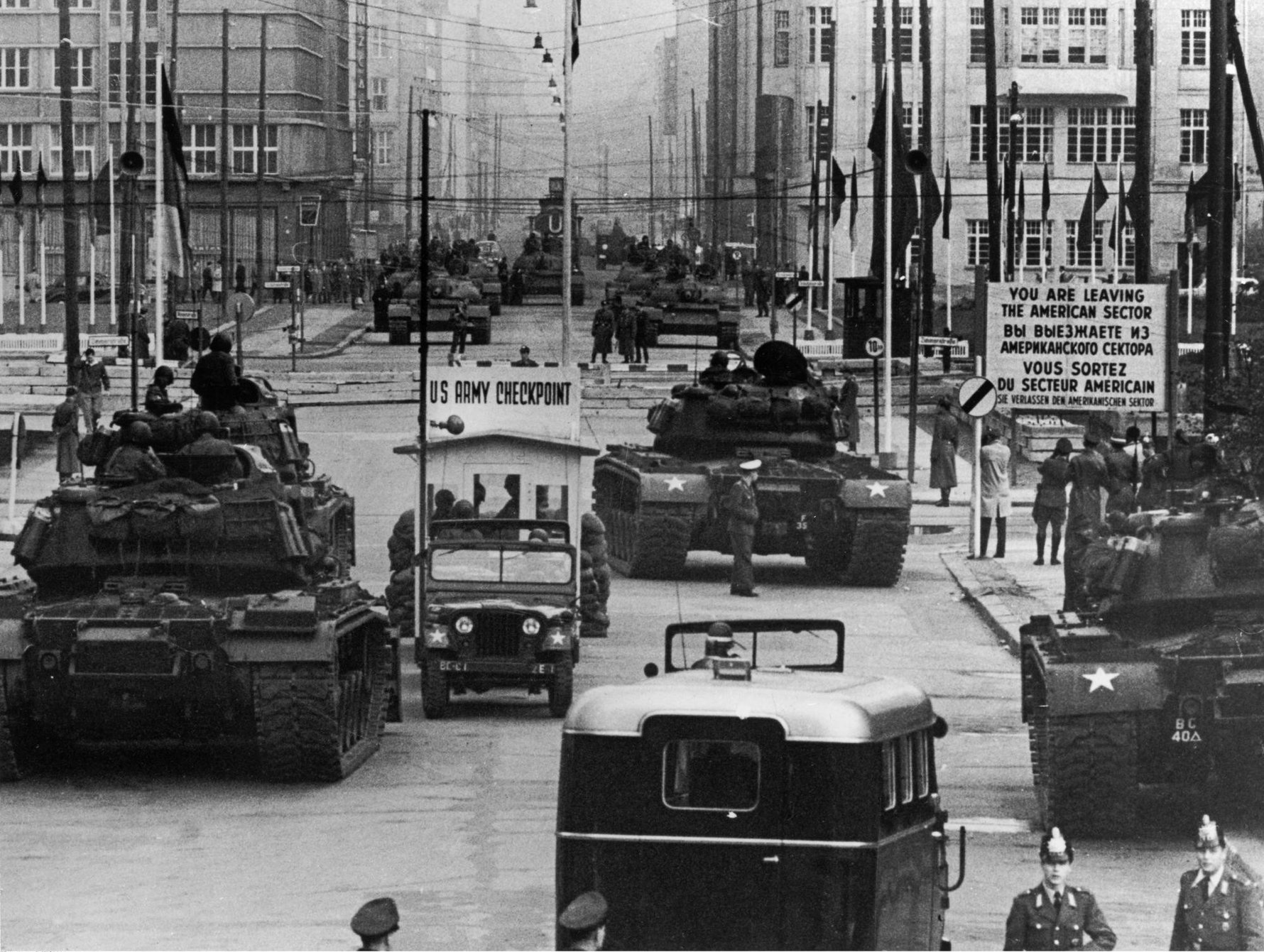

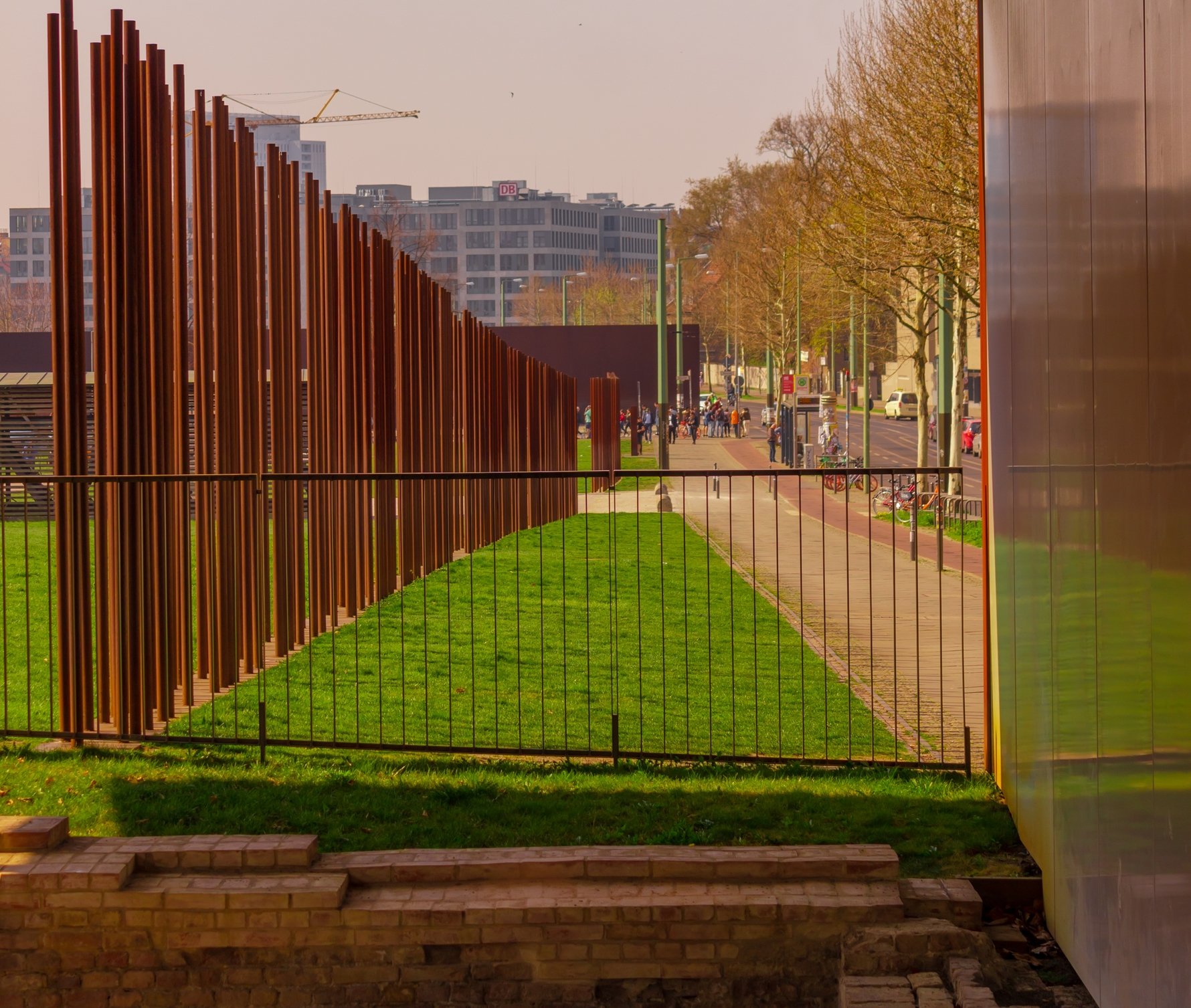
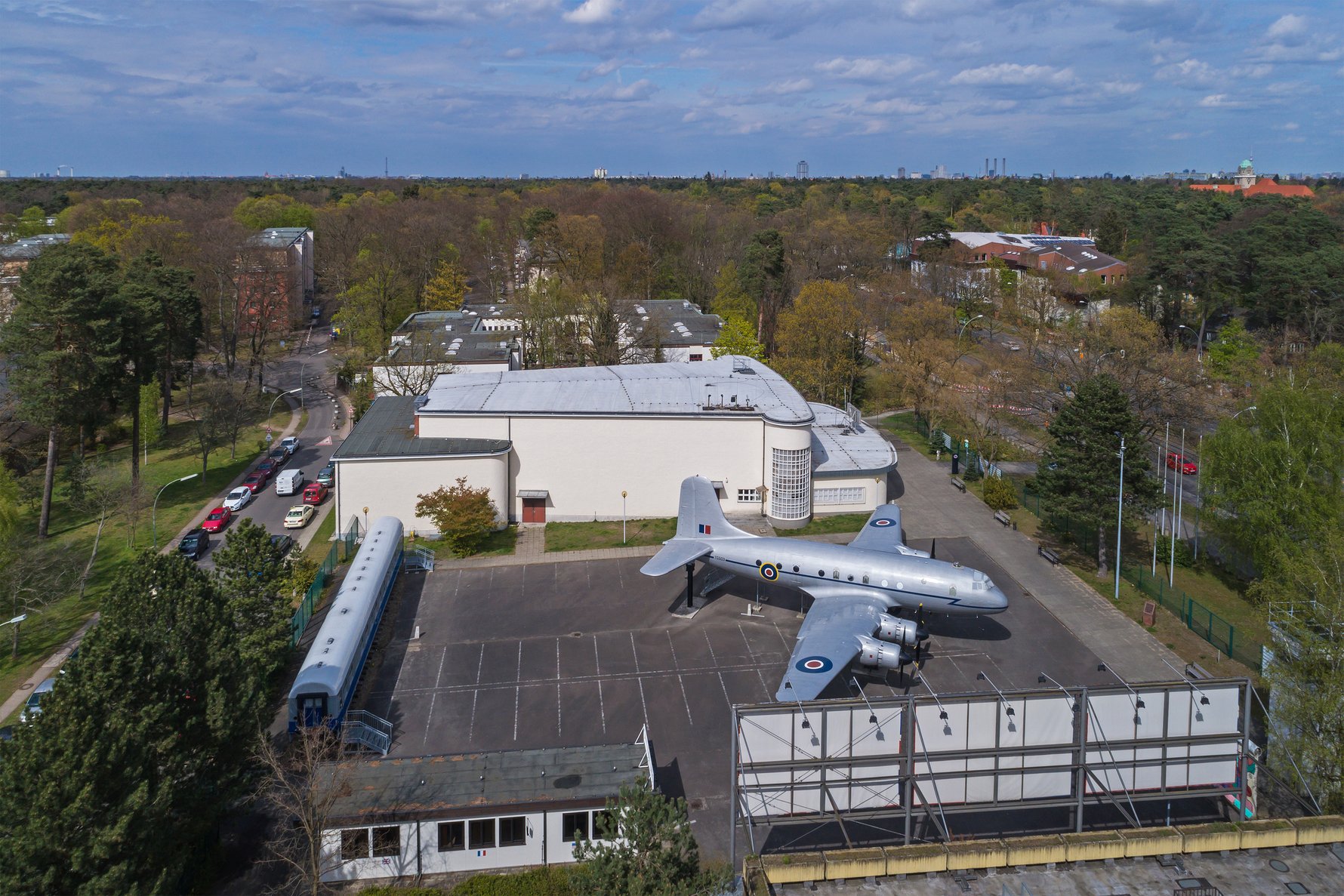





Comments